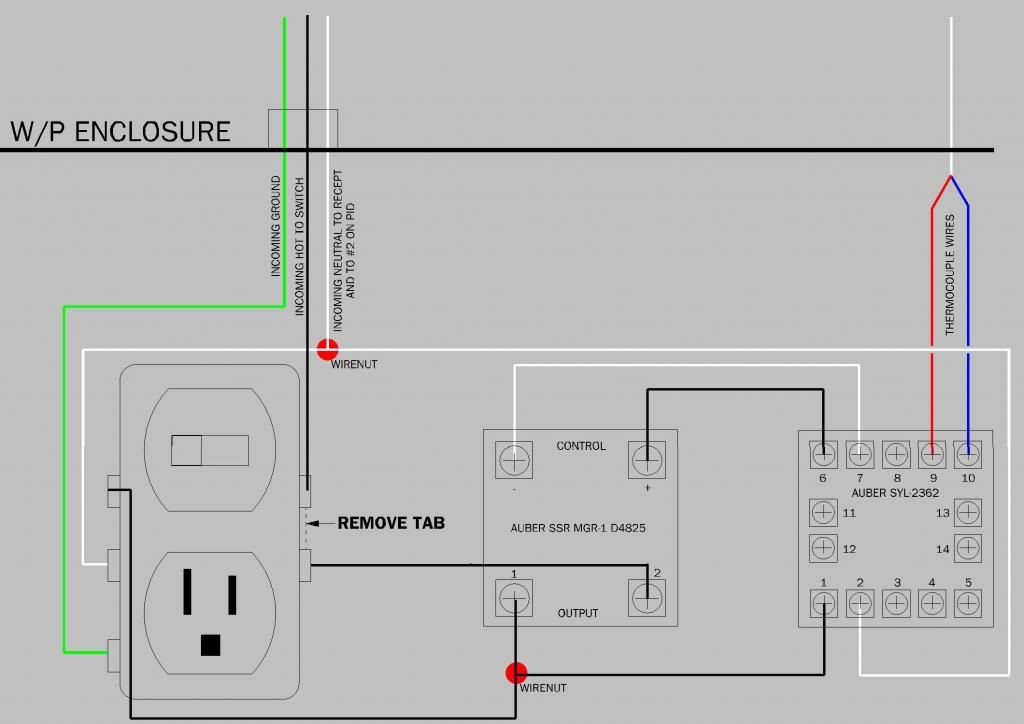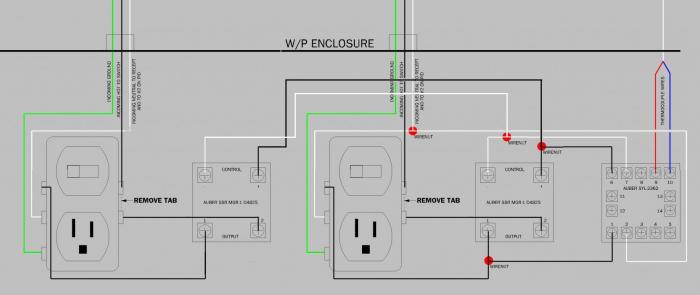CCrisfield
Member
- Joined
- Jun 9, 2013
- Messages
- 12
- Reaction score
- 0
Hi All,
I am looking into converting my keggle which I use for 10 Gallon BIAB batches to an electric system. I will be frequently moving over the next few years and I have no way of guaranteeing reliable access to 220V. I haven't found any other posts with people doing batches this large with a 110V system. I like the BIAB as it is easy take with me when I am moving frequently and I like the idea of going electric and not having to carry around a turkey fryer too!
I am thinking of using 2-3 Camco 02852/02853 1500W 120V Screw-In Lime Life Foldback Water Heater Element - Ultra Low Watt Density (http://www.amazon.com/dp/B000KKVZUO/?tag=skimlinks_replacement-20).
Does anyone have any experience with doing 10 gallon batches on 110V? Do you think 2 of those elements would be enough to get up to boil with a full keggle? Any thoughts or insights would be greatly appreciated!
Thanks!
I am looking into converting my keggle which I use for 10 Gallon BIAB batches to an electric system. I will be frequently moving over the next few years and I have no way of guaranteeing reliable access to 220V. I haven't found any other posts with people doing batches this large with a 110V system. I like the BIAB as it is easy take with me when I am moving frequently and I like the idea of going electric and not having to carry around a turkey fryer too!
I am thinking of using 2-3 Camco 02852/02853 1500W 120V Screw-In Lime Life Foldback Water Heater Element - Ultra Low Watt Density (http://www.amazon.com/dp/B000KKVZUO/?tag=skimlinks_replacement-20).
Does anyone have any experience with doing 10 gallon batches on 110V? Do you think 2 of those elements would be enough to get up to boil with a full keggle? Any thoughts or insights would be greatly appreciated!
Thanks!
Last edited by a moderator:




